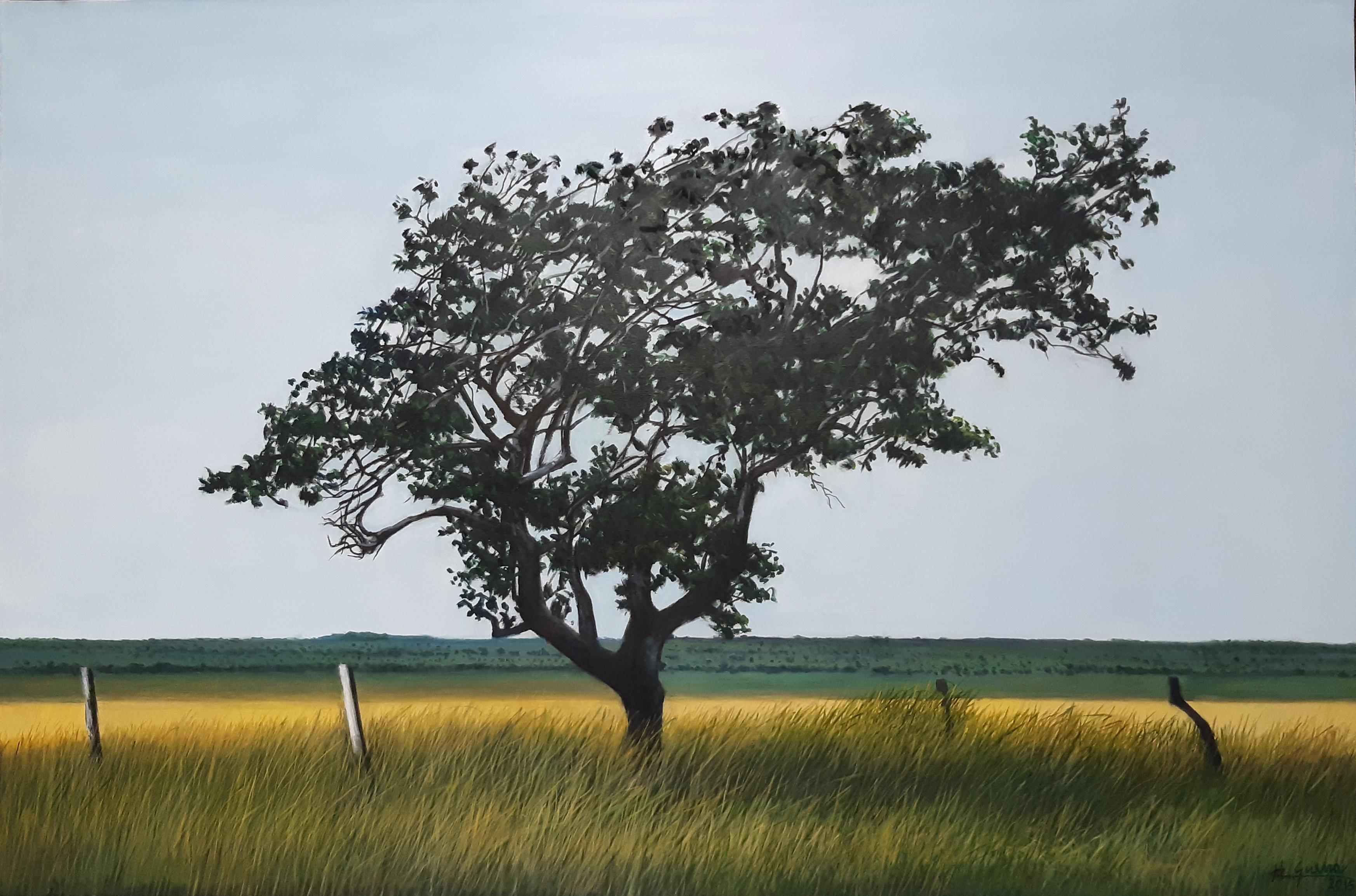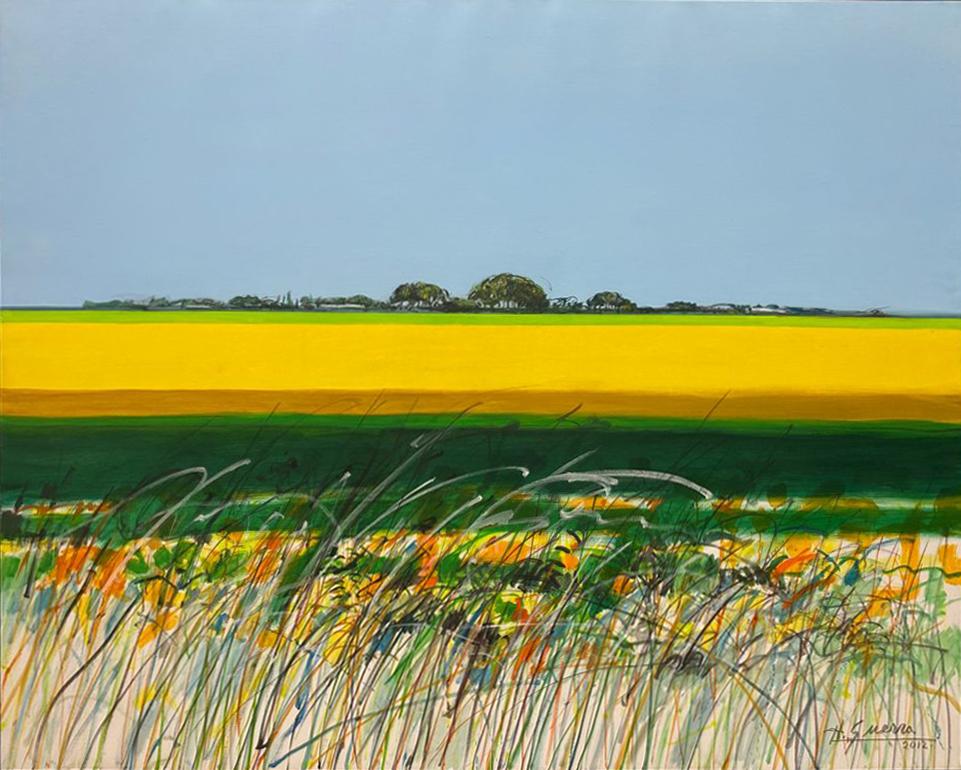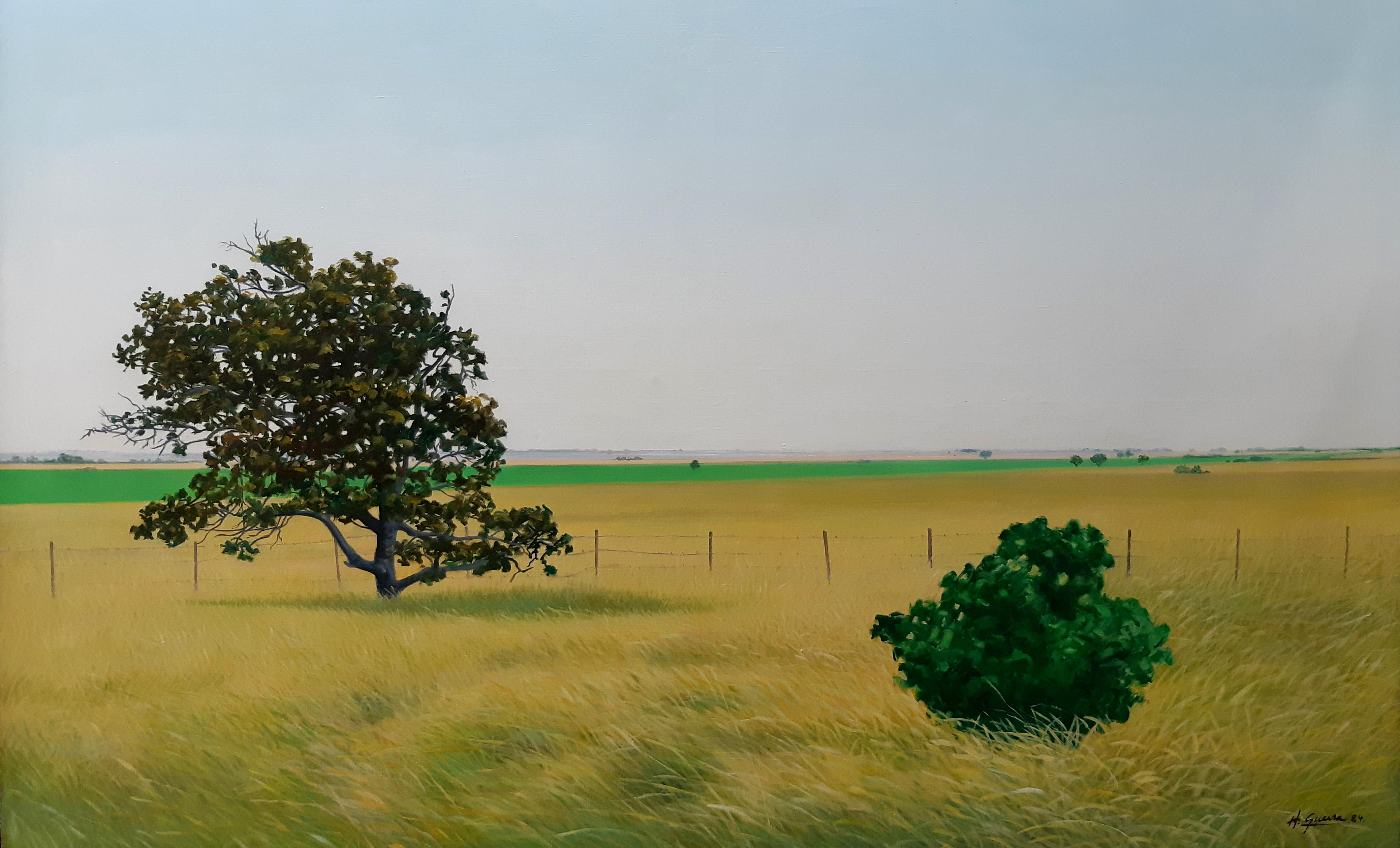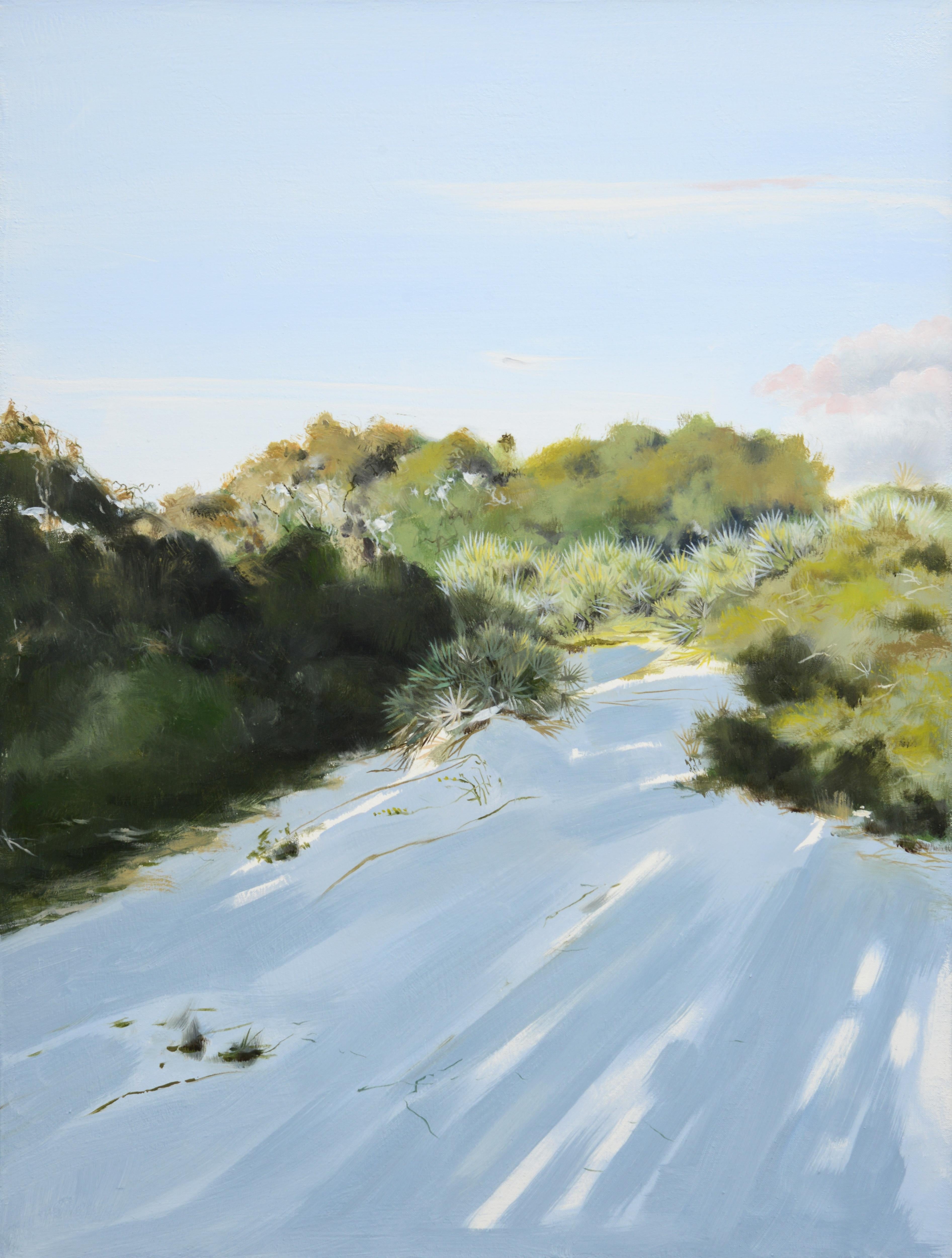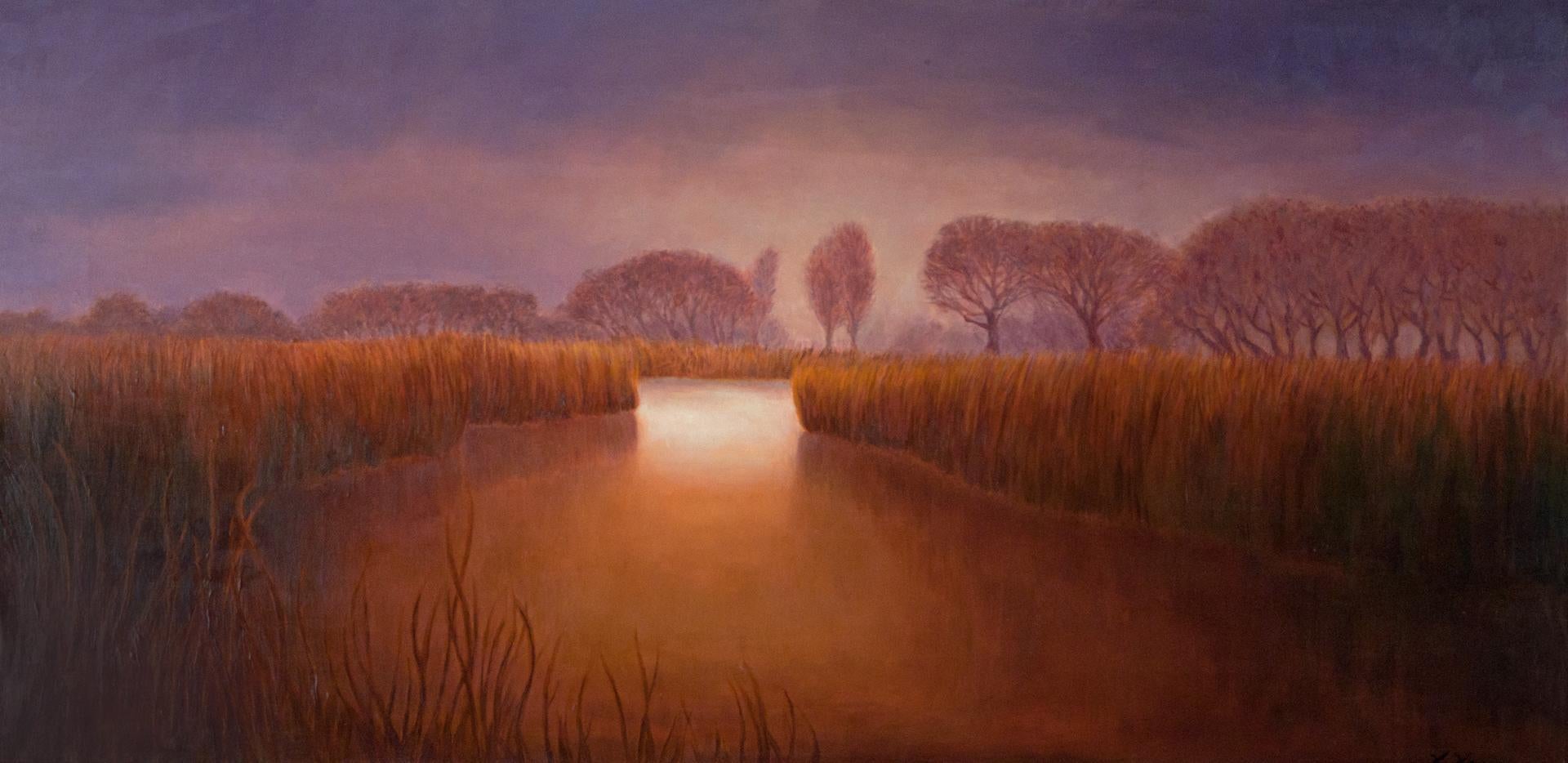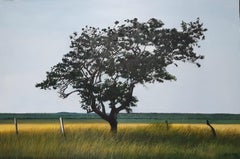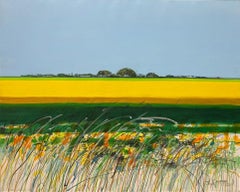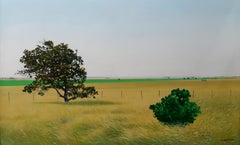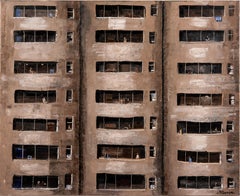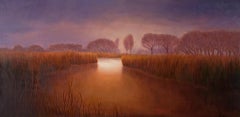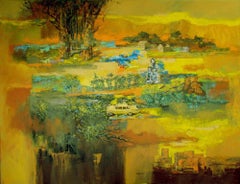Items Similar to Carlos Hernández Guerra, Estelos, Oil on Canvas, 2015
Video Loading
Want more images or videos?
Request additional images or videos from the seller
1 of 10
Carlos Hernández GuerraCarlos Hernández Guerra, Estelos, Oil on Canvas, 20152015
2015
Price Upon Request
Price Upon Request
Price Upon Request
Price Upon Request
Price Upon Request
Price Upon Request
Price Upon Request
Price Upon Request
Price Upon Request
Price Upon Request
About the Item
The artwork is signed and dated on the front.
Carlos Hernández Guerra
Born in El Callao, state of Bolívar, in 1939.
He studies at the School of Plastic and Applied Arts of Caracas in 1955-59, with such teachers as: Rafael Ramón González, Marcos Castillo, Pedro Angel González, Juan Martín Durbán, Juan Vicente Fabbiani and Alejandro Otero. In 1959 he is granted the Rome Prize of the 20th Venezuelan Official Art Salon. He travels to Paris in 1960, to study at the Higher School of Fine Arts of Paris, while taking simultaneous courses in Art Sociology at La Sorbonne University under the prestigious professor Pierre Francastel. In 1960 he obtains the Antonio Esteban Frías Prize, Official Art Salon, Caracas, and in 1961, the First Prize of the Annual Golden Fish Salon, Caracas. After returning from Paris, in 1962-64, he is incorporated to the teaching staff of the Armando Reverón School of Plastic Arts of Barcelona. In 1963 he participates in the “Three Awarded Young Men” show at the Mendoza Hall. Along with Manuel Espinoza, he is co-founder of the Experimental Art Center (CEA) of the University of the Andes (ULA), where he teaches drawing and painting and heads the center of painting technology from 1964 to 1968. In 1968 he enters the State School of Fine Arts of Berlin, in Germany, under Professor Hans Trier. In 1972 he takes part in the “Latin American Artists” exhibition carried out at the Museum of Modern Art of Paris. In 1973, he becomes a member of the teaching staff of the Cristóbal Rojas Art School while also teaching drawing at the Neumann Institute in Caracas. In 1977, along with Alirio Palacios, he represented Venezuela at the 14th Sao Paulo Biennial. In 1980 he wins the Arturo Michelena Prize at the Arturo Michelena Salon, Valencia. He joins efforts with artists Ana Mercedes Hoyos, Galaor Carbonell and José Antonio Quintero to present an exhibition in 1981 at the National Art Gallery entitled “The freest landscape.” In 1984, he and Alirio Palacios represent Venezuela at the 1st Havana Biennial, House of the Americas, Cuba; those pieces are currently at the Wilfredo Lam Museum. His artistic career includes numerous collective exhibitions locally as well as in different countries of Latin America and Europe.
“…When the hills are devastated by the wrecking fury of progress, when there are no more bamboos or wild plants or prairies to disorganize this landscape, the oeuvre will remain as testimony of something which was real and perhaps the memory of our horizon…” Carlos Hernández Guerra
Throughout his career several stages can be pinpointed. From 1961 to 1968 his work is characterized by the violence of the brushstroke on the canvas, with color and textures playing a fundamental role, the use of the technique of frottage, plus a free, nervous, agile brushstroke, as in the black series based on zoomorphic sequences: bats, skull.
From 1968 to 1973 he develops an engaged figuration, shaded by pop art influences; he carries out meticulous figures of a photographic realism, taken from journals of a historic period fully immersed in violence. The artist manages to combine in the same pictorial plane the real world with a painstaking expressionist and abstract outline.
In his third stage there is the revelation of the horizon which he uses as an abstract symbol; in the foreground of his landscapes scrubs and bushes are drawn with gestural brushstrokes conforming a natural reality. A smooth outline contrasts with the nervous line and vertiginous motion in the foreground, where he represents bushes, fences, barbed wires, and the like.
Hernández Guerra was never fully abstract, not even in his informalist stage, in the sense of obliterating all the references to things. There is always some sort of connection with them, and this enables him to overcome the purely automatic phase of gesture and its abstract conditioning. He seeks a synthesis of the emotional and the rational starting with an evolution which for Hernández Guerra goes from abstract painting based on the driving pulse of gesture to the broad, programmed landscapes which burst in the 1980s and that we could define as organic neo-landscapism, to use a term coined by María Elena Ramos in her dissertation on the work with which our painter participated in the Sao Paulo biennial.
In general, H. Guerra’s painting points almost indefectibly toward a compositional model which conjugates well-balanced, well-built parts as a link with reality and an eroded area where lines and colors altered by the driving pulse produce a disruption of order, H.G. became interested in the landscape thematic during his journeys to the Aragua valleys by the end of the 1970s. the line of the horizon becomes not only the axis of the composition from the point of view shared by the painter and the spectator, but also as a separation in a dynamic field, in depth, moving forward in perspective, and a neutral plane which retains the composition and projects it forward like a screen. He assumes the (scarcely recognized) task of renewing the genre and installing it in the scenery of his paintings located in remote places in the middle of the immense vegetable plains stretching across the south of Venezuela, locations which remained unexploited or untreated or with little or no precedents or tradition among us, The masters of the Fine Arts Circle were creators of a prestigious landscaping style.
They and their followers focused on making such an exhaustive record of the Caracas valley. that it can be said that they seized it and depleted the subject. Very seldom, only when they painted the mountain from the southern hills, did they employ the cavalier perspective, H. G.’s motivations differ not only from all the traditional ways to recreate the landscape, but also from more updated and audacious attempts carried out during the 1970s in order to renew the genre.
All this makes him an eccentric creator in the history of our painting regarding the landscape. His formulation of a new landscape implied the reformation of the notions received from tradition… H.G. works from images reproducing an aspect of nature so carefully transferred to the painting that we can identify the geographical features of the place and even the region where it is located. It is the landscape observed when the bare spaces of the central cordillera are surmounted. A specular landscape where the horizon is joined to the sky by a fragile, mottled line oriented toward the spectator’s point of view, in coincidence with the painter’s. There are no characters, no human life. no traces of animal presence. His method reminds us of the professional photographer’s. since his approach to landscape has a rather ritualistic character… However, for H. G., the photograph is merely an element of the process. The painting does not faithfully reproduce the photograph, since the intention is to reconstruct the subject, and as such the resulting image consists of a reinvented summary of general impressions reported by documentation. The panting in itself is an autonomous reality. The sudden perception of the image of a frozen time.
“A landscape about whose memory, recorded in the picture, only the landscape itself can comment”. Juan Calzadilla, “From the sign to the organic landscape.”
- Creator:Carlos Hernández Guerra (1939, Venezuelan)
- Creation Year:2015
- Dimensions:Height: 51.1 in (129.8 cm)Width: 76.7 in (194.82 cm)
- Medium:
- Movement & Style:
- Period:
- Condition:
- Gallery Location:Miami, FL
- Reference Number:1stDibs: LU161328877612
About the Seller
5.0
Vetted Professional Seller
Every seller passes strict standards for authenticity and reliability
Established in 1989
1stDibs seller since 2021
Typical response time: 16 hours
- ShippingRetrieving quote...Shipping from: Miami, FL
- Return Policy
Authenticity Guarantee
In the unlikely event there’s an issue with an item’s authenticity, contact us within 1 year for a full refund. DetailsMoney-Back Guarantee
If your item is not as described, is damaged in transit, or does not arrive, contact us within 7 days for a full refund. Details24-Hour Cancellation
You have a 24-hour grace period in which to reconsider your purchase, with no questions asked.Vetted Professional Sellers
Our world-class sellers must adhere to strict standards for service and quality, maintaining the integrity of our listings.Price-Match Guarantee
If you find that a seller listed the same item for a lower price elsewhere, we’ll match it.Trusted Global Delivery
Our best-in-class carrier network provides specialized shipping options worldwide, including custom delivery.More From This Seller
View AllCarlos Hernández Guerra, Chaparro, Oil on canvas, 2015
By Carlos Hernández Guerra
Located in Miami, FL
The artwork is signed and dated on the front.
Carlos Hernández Guerra
Born in El Callao, state of Bolívar, in 1939.
He studies at the School of Plastic and Applied Arts of Caracas in 1955-59, with such teachers as: Rafael Ramón González, Marcos Castillo, Pedro Angel González, Juan Martín Durbán, Juan Vicente Fabbiani and Alejandro Otero. In 1959 he is granted the Rome Prize of the 20th Venezuelan Official Art Salon. He travels to Paris in 1960, to study at the Higher School of Fine Arts of Paris, while taking simultaneous courses in Art Sociology at La Sorbonne University under the prestigious professor Pierre Francastel. In 1960 he obtains the Antonio Esteban Frías Prize, Official Art Salon, Caracas, and in 1961, the First Prize of the Annual Golden Fish Salon, Caracas. After returning from Paris, in 1962-64, he is incorporated to the teaching staff of the Armando Reverón School of Plastic Arts of Barcelona. In 1963 he participates in the “Three Awarded Young Men” show at the Mendoza Hall. Along with Manuel Espinoza, he is co-founder of the Experimental Art Center (CEA) of the University of the Andes (ULA), where he teaches drawing and painting and heads the center of painting technology from 1964 to 1968. In 1968 he enters the State School of Fine Arts of Berlin, in Germany, under Professor Hans Trier. In 1972 he takes part in the “Latin American Artists” exhibition carried out at the Museum of Modern Art of Paris. In 1973, he becomes a member of the teaching staff of the Cristóbal Rojas Art School while also teaching drawing at the Neumann Institute in Caracas. In 1977, along with Alirio Palacios...
Category
2010s Contemporary Landscape Paintings
Materials
Canvas, Oil
Carlos Hernández Guerra, Caligrafía de Llano, Oil on canvas, 2012
By Carlos Hernández Guerra
Located in Miami, FL
The artwork is signed and dated on the front.
Carlos Hernández Guerra
Born in El Callao, state of Bolívar, in 1939.
He studies at the School of Plastic and Applied Arts of Caracas in 1955-59, with such teachers as: Rafael Ramón González, Marcos Castillo, Pedro Angel González, Juan Martín Durbán, Juan Vicente Fabbiani and Alejandro Otero. In 1959 he is granted the Rome Prize of the 20th Venezuelan Official Art Salon. He travels to Paris in 1960, to study at the Higher School of Fine Arts of Paris, while taking simultaneous courses in Art Sociology at La Sorbonne University under the prestigious professor Pierre Francastel. In 1960 he obtains the Antonio Esteban Frías Prize, Official Art Salon, Caracas, and in 1961, the First Prize of the Annual Golden Fish Salon, Caracas. After returning from Paris, in 1962-64, he is incorporated to the teaching staff of the Armando Reverón School of Plastic Arts of Barcelona. In 1963 he participates in the “Three Awarded Young Men” show at the Mendoza Hall. Along with Manuel Espinoza, he is co-founder of the Experimental Art Center (CEA) of the University of the Andes (ULA), where he teaches drawing and painting and heads the center of painting technology from 1964 to 1968. In 1968 he enters the State School of Fine Arts of Berlin, in Germany, under Professor Hans Trier. In 1972 he takes part in the “Latin American Artists” exhibition carried out at the Museum of Modern Art of Paris. In 1973, he becomes a member of the teaching staff of the Cristóbal Rojas Art School while also teaching drawing at the Neumann Institute in Caracas. In 1977, along with Alirio Palacios...
Category
2010s Contemporary Landscape Paintings
Materials
Canvas, Oil
Carlos Hernández Guerra, Chaparros de Guanipa, Oil on Canvas, 1984
Located in Miami, FL
The artwork is signed and dated on the front.
Carlos Hernández Guerra
Born in El Callao, state of Bolívar, in 1939.
He studies at the School of Plastic and Applied Arts of Caracas in 1955-59, with such teachers as: Rafael Ramón González, Marcos Castillo, Pedro Angel González, Juan Martín Durbán, Juan Vicente Fabbiani and Alejandro Otero. In 1959 he is granted the Rome Prize of the 20th Venezuelan Official Art Salon. He travels to Paris in 1960, to study at the Higher School of Fine Arts of Paris, while taking simultaneous courses in Art Sociology at La Sorbonne University under the prestigious professor Pierre Francastel. In 1960 he obtains the Antonio Esteban Frías Prize, Official Art Salon, Caracas, and in 1961, the First Prize of the Annual Golden Fish Salon, Caracas. After returning from Paris, in 1962-64, he is incorporated to the teaching staff of the Armando Reverón School of Plastic Arts of Barcelona. In 1963 he participates in the “Three Awarded Young Men” show at the Mendoza Hall. Along with Manuel Espinoza, he is co-founder of the Experimental Art Center (CEA) of the University of the Andes (ULA), where he teaches drawing and painting and heads the center of painting technology from 1964 to 1968. In 1968 he enters the State School of Fine Arts of Berlin, in Germany, under Professor Hans Trier. In 1972 he takes part in the “Latin American Artists” exhibition carried out at the Museum of Modern Art of Paris. In 1973, he becomes a member of the teaching staff of the Cristóbal Rojas Art School while also teaching drawing at the Neumann Institute in Caracas. In 1977, along with Alirio Palacios...
Category
1980s Contemporary Landscape Paintings
Materials
Canvas, Oil
Iganacio Iturria, Hstorias Cotidianas, Oil on Canvas, Undated
By Ignacio Iturria
Located in Miami, FL
The artwork is signed on the front.
One of the most recognized Uruguayan painters of his generation, Ignacio Iturria (Montevideo, Uruguay, b. 1949) is known for his surreal interpr...
Category
2010s Contemporary Landscape Paintings
Materials
Canvas, Oil
Carmelo Niño, El Rapto, Acrylic on Canvas, 2019
By Carmelo Niño
Located in Miami, FL
"El rapto" is a painting by Venezuelan artist Carmelo Niño (b. 1951). Since he first appeared in the local scene, with his early individual exhibitions at...
Category
2010s Contemporary Landscape Paintings
Materials
Canvas, Acrylic
Price Upon Request
Carmelo Niño, Amantes con escena, 2019, 200 x 400 cm, 78.7 x 157.4 in.
By Carmelo Niño
Located in Miami, FL
Carmelo Niño
Amantes con escena, 2019
Acrylic on canvas
200 x 400 cm 78.7 x 157.4 in.
The work is accompanied by a certificate of authenticity signed b...
Category
2010s Surrealist Figurative Paintings
Materials
Canvas, Acrylic
You May Also Like
Paul Gervais Landscape Painting
By Paul Gervais
Located in Lake Worth Beach, FL
Artist/Designer; Manufacturer: Paul Gervais (American, b. 1946)
Marking(s); notes: signed, marking(s); 2022
Materials: oil on linen
Dimensions (H, W, D): 20"h, 15"w; 24.5"h, 19.75"w ...
Category
21st Century and Contemporary Contemporary Landscape Paintings
Materials
Linen, Oil
"ARROZAL DE LA MARISMA". Contemporary, realism, figurative, oil, landscape
Located in MADRID, ES
Contemporary, realism, figurative, oil, landscapa, waterscape, pastel colors
Category
2010s Realist Landscape Paintings
Materials
Wood, Oil
Slow Release of the Day contemporary landscape
By Katherine Kean
Located in Palm Desert, CA
Malibu Lagoon is a saltwater marsh where Malibu Creek empties into the Pacific, where still waters are separated from the waves by a few feet of sand, creating a quiet place for bird...
Category
21st Century and Contemporary Contemporary Landscape Paintings
Materials
Linen, Oil
$2,640 Sale Price
20% Off
landscape - Painting by Juan Rodrigo Piedrahita Escobar - 2022
Located in Roma, IT
Acrylic painting by Juan Rodrigo Piedrahita Escobar, realized in 2022. "My art is for get a peace and pleasing in painting world and gets an armory space, and see the life until d...
Category
2010s Abstract Figurative Paintings
Materials
Acrylic
St, Oil Painting
Located in San Francisco, CA
Artist Comments
Inspired by a twilight he witnessed, artist Jose Luis Bermudez captures the setting sun on a natural landscape. Bathed in su...
Category
21st Century and Contemporary Realist Landscape Paintings
Materials
Oil
LANDSCAPE V - Contemporary Atmospheric Landscape, Modern Nature Painting
By Grzegorz Wójcik
Located in Salzburg, AT
A few words of the artist about his art:
When i painting landscapes, I usually choose simple geometric arrangements, contrasts of verticals and levels. I juxtapose the smooth surface of the sky with the rough texture of earth or grass.
I paint symmetrical reflections in water and rhythmic repetitions of trees. Even an ordinary, seemingly uninteresting fragment of the suburban landscape hides a beauty that I want to see and then transfer to the canvas.
I am inspired by nature because it contains a hidden secret of existence. For me, painting it is a reflection on life and passing away. It is an attempt to capture the imperceptible essence, to paint what cannot be seen.
I think that my paintings can be a respite, an antidote for a man tired of technology, constant rush, hustle and bustle of the city.
Grzegorz Wójcik...
Category
2010s Contemporary Landscape Paintings
Materials
Cotton Canvas, Acrylic
More Ways To Browse
The Furies
Wilfredo Lam
Alejandro Otero
Carlos Guerra
Carlos Hernandez Guerra
Rae Sloan Bredin
Rain Scene Paintings
Regina Quinn
Robert Hunter Douglas
Salvador Dali Winter And Summer
Samuel Walters
Scott Tukes
Ship Nautical Painting Art
Shrimp Boat
South Carolina Landscape
Southwest Original Art Landscapes
Spanish House Painting
Staffordshire Painting
